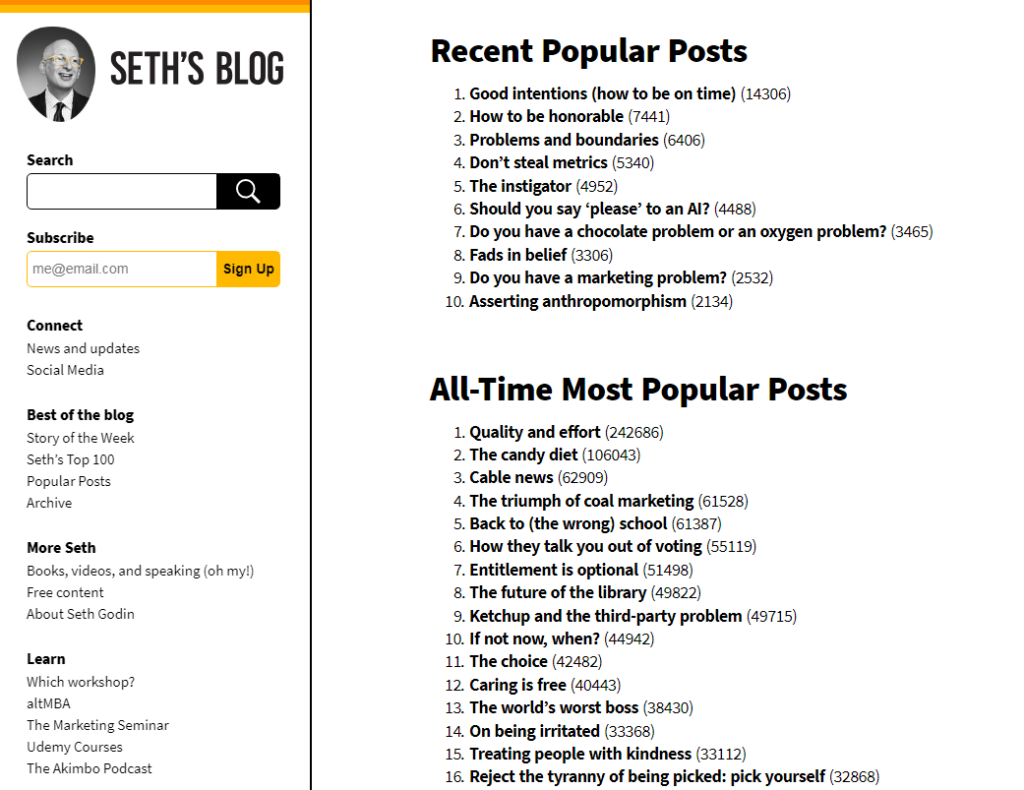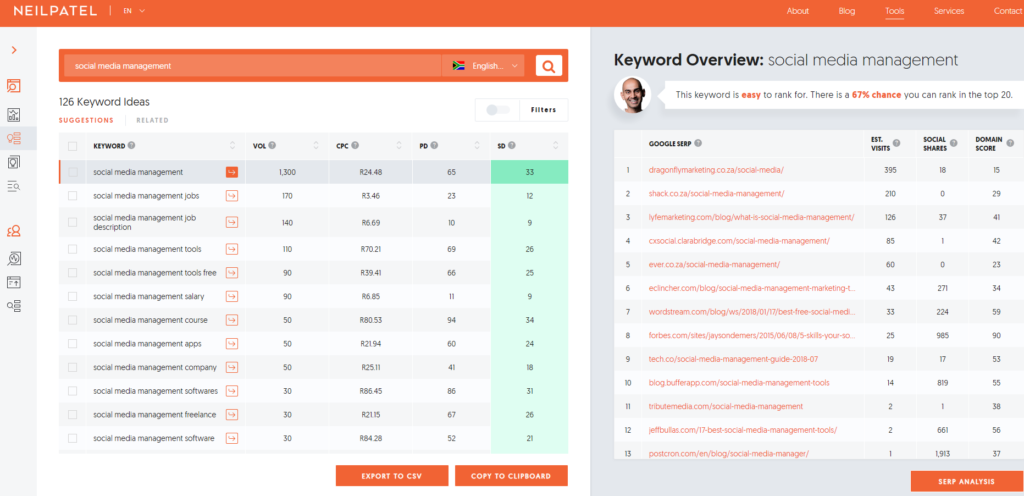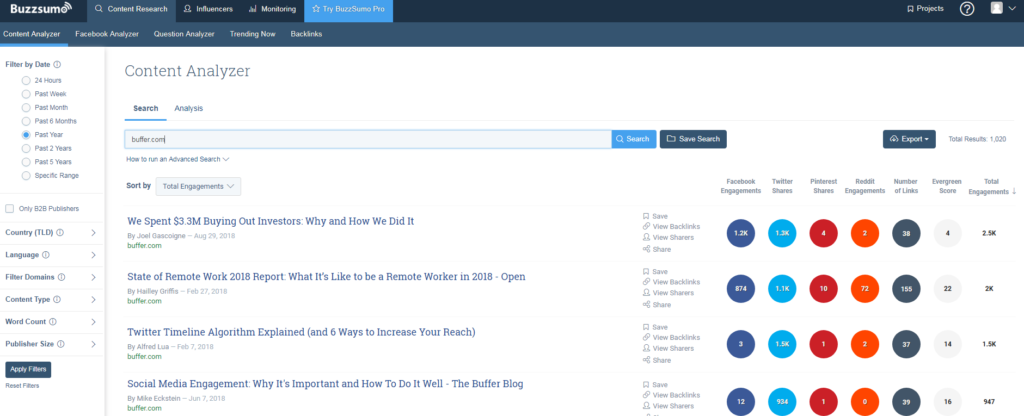By 2017, Seth Godin’s blog held close to three million words.
His secret to writing blog posts is simple.
Godin writes every day. Some blog posts are longer, but others are short commentaries that carry insights into marketing and delivered in Godin’s unique voice.
I’m not saying copy Seth Godin, but I do think we can learn from him about writing blog posts.

What can content writers and anyone working on a business blog take away from Godin?
He sums it up artfully, as always:
“Over time, the blog adds up. People remember a blog post a year after I wrote it. Or they begin a practice, take an action, make a connection, something that grows over time. The blog resonates with people in so many fields, it’s thrilling to see how it can provoke positive action.’
The Journey to Writing Relevant Blog Posts all the Time
So now we know the rationale for business blogging, but what about the inspiration to make the continued investment that writing blog posts requires?
Think back to the last time you sat down to write a post for your company blog.
You found time in between working with customers and improving your product to write a blog post you hoped would boost your brand.
But then you hit a block.
You weren’t sure what to write about.
You wrote something but it’s meh, and your points were landing in the middle.
Yes, writing blog posts consistently can be hard.
But there’s an easier way to source blog post ideas for your company web page or a guest post for an industry blog.
It starts with one simple step: Get to know your reader.
Once you’ve got that down, write about things your clients are interested in and add your own unique perspective on the piece.
Become BFFs With Your Reader
“Marketing succeeds when enough people with similar worldviews come together in a way that allows marketers to reach them cost-effectively.”
– Seth Godin
Any type of writing assignment should include audience research.
In the article below, Brian Clark from Copyblogger reminds us that when we tune into our readers worldviews we can frame the story in a way that resonates with them.
If you’re working for a media house, the first thing you do is get to know your readers. A reporter who’s just started working for a community newspaper would spend a few days getting to know the area.
What are they are worried about?
What are their needs?
What are their goals?
I try to take a similar approach as a freelance technology writer.
I’ve picked up a few helpful tricks from clients, and developed some of my own, to make sure I am writing helpful, compelling content.
Here are some of the simple tips to get to know your audience.
Who are you writing for? What keeps them up at night? How can you transform their lives?
But what if you’re still building your brand? Then you’ll need to perform a competitive analysis to gain a deeper understanding of your target market.
Here’s a use case for how we can use the internet to mine for insights into the people we’re hoping to help – in a non-creepy way.
Let Your Audience Tell you What They Want
This article, by Jennifer Havice in Conversionxl, takes you through the step by step process to learn more about your clients.
To start, find your audience and study what they’re saying about the type of product you offer.
Havice provides the following examples:
- You’re creating organic household cleaning products. Look at book reviews on how to make
non toxic cleaning products and read relevant product reviews. - You’ve developed an app to let people find dog parks. Study the reviews of similar apps on iTunes and Google Play.
- You are marketing a line of
suncreen for children. Find forums on the topic online or on social media and listen to how parents speak about the topic.
Based on your findings, you identify recurring themes and list your prospects:
- Needs/Wants
- Concerns/Pain Points
- Compelling phrases
Now you have the data you need to write about your customers using the phrases they use, and you can position your offering as the solution to their problem with your compelling promise.
You also want to create buyer personas based on your research. From here, you can refer to your personas and your spreadsheet in future. This guide from HubSpot will help you design buyer personas.
Identify Patterns of Popularity
Another way to write content that resonates with your target audience is to write about the topics they care about.
A good starting point is to study the articles they already like.
This might seem obvious but sometimes we overlook this point. Yet it’s the easiest way to generate a stream of content ideas.
And there are so many tools out there that can help you perform audience research when you’re writing a blog post.
Ubersuggest

Spy on your Competitors Blogs
The top blogs in your industry will help you discover the most popular topics in your niche.
I’ve spoken about BuzzSumo before, and how blog post writers can use the tool for content creation inspiration.
I have been using BuzzSumo for a while to check the best-performing articles for specific keywords, but I discovered this particular method during a Smart Blogger course.
- Start with a list of the biggest blogs in your industry
- Create a spreadsheet
- Create an account on Buzzsumo – try the seven-day trial. You can stick with the free account or upgrade to Pro
- Investigate the most popular content on the topics
Now that you have a file full of the topics that attract the most shares you can add your unique perspective when writing your blog post.
Here’s how it looks in action.

If you’re a social media agency you might follow Buffer. Head over to BuzzSumo and study the blog posts that attracted the highest shares.
I can tell here that apart from a post on Buffer buying out its investors and a remote work report, posts on Twitter’s timeline algorithm and how to improve social media engagement performed well.
Now the idea isn’t to copy the exact article and angle, but rather to gain a perspective on the types of topics your audience needs information on. This insights lets you write blog posts that solve your audience’s needs.
Earn Audience Attention With a Fresh Perspective
Your unique voice will set your blog post apart.
There are over a billion blogs today. To break through all that content you need to have something new to say.
In this video, Neil Patel shares a few tips to being heard online, and creating amazing content – with a fresh perspective – kicks off the list.
To start, think of the goal of the blog post you are writing. What’s the point you want readers to take away.
Adding a new angle may involve pegging your advice on a recent development in your industry or a commemorative day.
And like with anything in life, practice makes perfect. By committing to schedule for content generation and writing blog posts, you’ll start developing a bank of useful content – an investment that pays for your business, and your customers.

